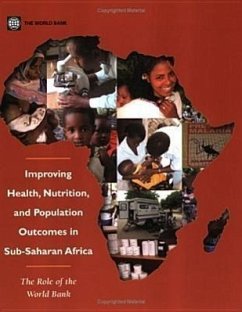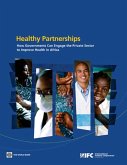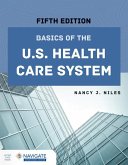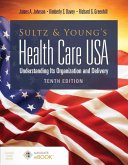In recent years, the focus in many developing regions is increasingly moving away from communicable disease, where as Africa continues to face a high burden of communicable disease, malnutrition, and fertility. At the same time, the ways in which the World Bank operates are changing--"increasingly countries define their own priorities, resources are provided through programmatic approaches, and the Bank is focusing more on sharing knowledge, policy advice, research and analysis. This book takes an in-depth look at health, nutrition, and population (HNP) challenges faced by Sub-Saharan Africa, particularly how disease, malnutrition, and high fertility affect poverty reduction. The authors contend that the World Bank has a comparative advantage in contributing within four broad areas: 1) macroeconomics and health, 2) multisectoral action for health, 3) strengthening health systems, and 4) financing service delivery. They also address the opportunities and challenges within these four areas and conclude with suggestions on how the Bank can better operate within the sector and work effectively with partners.








